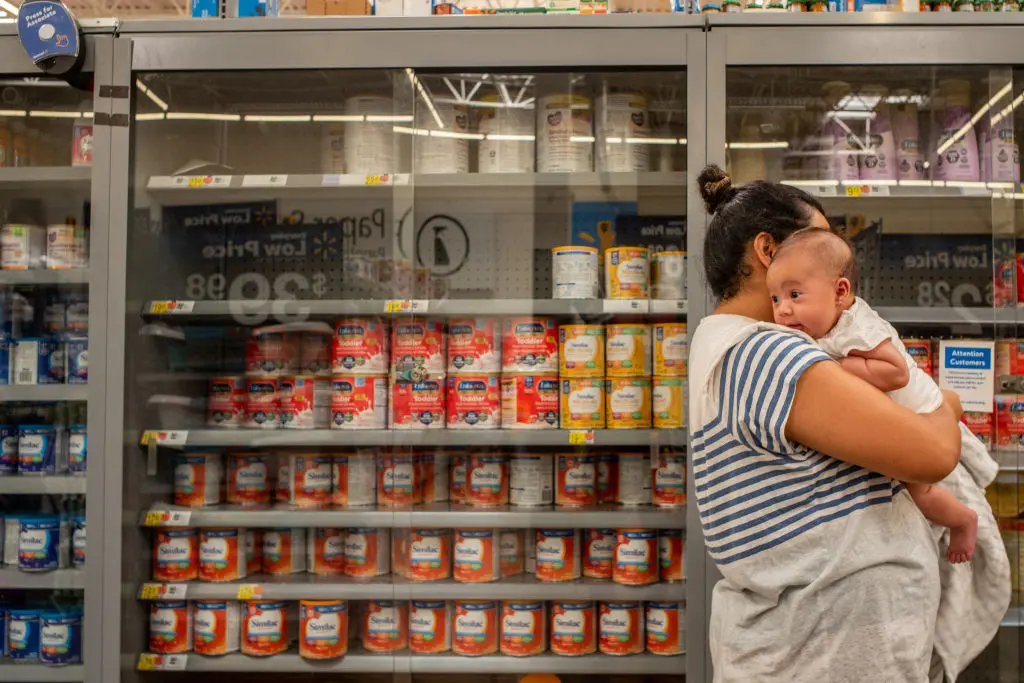Europe has been able to fill its storage tanks and maintain an adequate capacity for the moment. Disruption of flow from Russia, however, will offset the current supply from the United States and lead to significant inventory deficits in 2023.
According to Bloomberg analysis, there are two issues pertaining to U.S. supplies. One is the limited amount of supply, which is not expected to grow much in the next few years. Second, the fact that energy majors and traders have secured most of the country’s exports of liquefied natural gas (LNG) and largely locked in future supplies. This means they can sell the supplies to whoever pays the highest, which could mean China, as the nation rises from COVID-19 lockdowns and economic restrictions.





